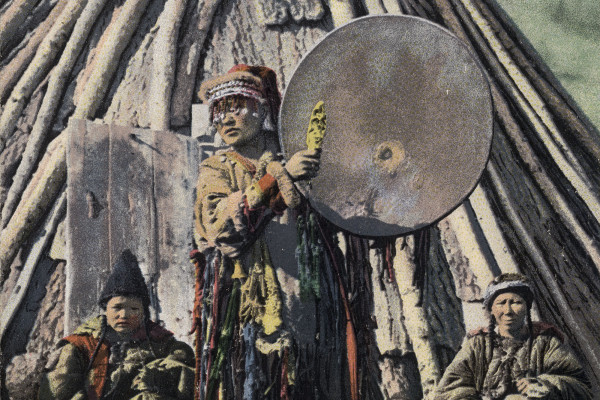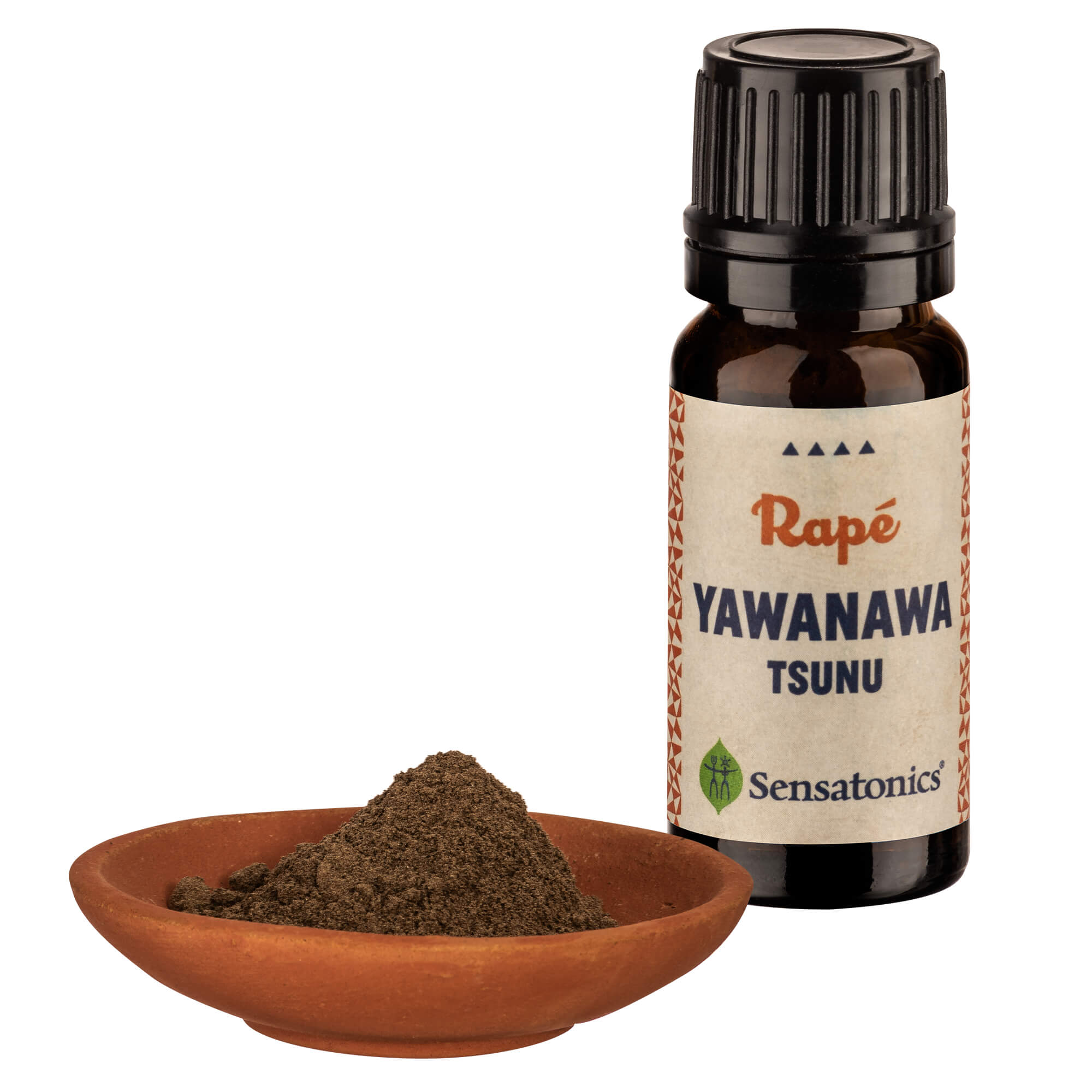
Shamanism
Part 1 of the Sensatonics shamanism series
Shamanism has long been one of the subject areas that drives us here at Sensatonics. Therefore, we want to start a series that illuminates the subject of shamanism.
Guest author, Cornelia Es Said, has been dealing with medicinal herbs and witchcraft medicine for many years and is now approaching the topic of shamanism. Her articles are not scientific and do not claim to be, i.e. the sources are disclosed as far as possible, but not necessarily scientifically and meticulously listed.
Many of you have may have already delved into this work in the shamanic field yourself, others may be interested in it and are looking to get started. In order to lay a basis, we will start with a general definition of terms.
Shamanism definition:
It is not that easy to define the phenomenon of shamanism. On one hand, this term is an anthropological word structure probably based on the Tungus word šamán, and on the other hand, the term is influenced by religious studies as it is used to describe various magical-religious practices. According to Jeremy Narby, the original etymology of the Tungan word šamán may already be a foreign word. “Some authors suspect the origin in China (sha-men = witch), in Sanskrit (sramana = Buddhist monk or according to another interpretation: exertion, effort, religious practice) or Turkey (came).” (Jeremy Narby, the cosmic serpent, Klett-Kotta 2011, p. 182) A reading that is not consistently recognized, identifies the Tungus root - šam - as being the typical body movements and gestures that shamans often perform during the rituals. Other scientists attribute šamán to the verb sa = knowledge. Accordingly, šamán (shaman) could be interpreted as a knower.
The Grand Dictionary of Religion defines Shmanism as follows: “Shamanism (Tungus = saman, possibly from sa = to know), a phenomenon in different religions, first observed in the peoples of Siberia and northern Central Asia in the 18th century, at the center of which the Shaman stands as a religious official. ”(Large dictionary religion: basic knowledge from A - Z, Google Books excerpt, p. 239)
While the so-called shamans may not necessarily describe themselves as such, scientists, researchers, travelers and reporters will often translate the original and sometimes very precisely defined terms, to shaman, for simplicity’s sake (e.g. Pampamisayuk, Paqo, Altumisayuq at the Q’ero in Peru, Bon -Ting with the Lepcha in the Himalayas, Vegetalista in the Peruvian Amazon). In the communities, however, those known as medicine men and women, curanderos, healers, bone doctors etc., these individuals act as mediators between the worlds, between this world and the beyond, between everyday and non-everydayreality. “We shamans [Bon-Ting] are mediators between humans, gods and evil. We are not ordinary doers, we have our own power. ” (GEO 360 ° report: Sikkim - the ancient knowledge of the shamans, video 39:33)
Of course, the practices described have existed far longer than the concept of shamanism. This was only during the 17th / 18th Century characterized by scientific research and is therefore subject to their self-reflective currents. Jeremy Narby summarized these fads from the researcher’s perspective: “Until late in the 1960s, old school followers claimed that shamanism was a form of mental illness. In the 1970s, it became fashionable to portray the shaman as a specialist in all possible areas, who >> plays the role of doctor and pharmacist, but is also a psychotherapist, sociologist and philosopher, as well as a lawyer, astrologer and priest. << In the eighties there were also iconoclasts who claimed that a shaman was above all a creator of chaos. ”(Jeremy Narby, the cosmic snake, Klett-Kotta 2011, p. 25) This illustration clearly shows what influence the respective tendency in scientific research can have on the perception of the examined subject areas. This means that research - which in the best case can take a look at the shamanic practice of different peoples or tribes - is subject to the respective contemporary prejudices and reflects these biases in their subsequent representation of shamanism.
Jeremy Narby goes one step further and expresses the problem as follows: “Scientifically analyzing shamanism always means examining the irrational with rational methods - and this procedure is a contradiction in terms and leads to a dead end.” (Jeremy Narby, the cosmic snake, Klett-Kotta 2011, p. 27)
Of course, the topic is by no means exhaustive and there is much more to say about the definition and interpretation of the concept of shamanism. However, since shamanism research should not form the core topic of this series, the next episode continues with the question: What is a shaman?
Literature:
Wikipedia: Research on shamanism
Jeremy Narby, The Cosmic Snake, Velcro Kotta 2011
Michael Harner, The Way of the Shaman, Ansata 1980
Mircea Eliade, shamanism and archaic ecstasy technique, Suhrkamp 2012
Large Dictionary of Religion: Basic Knowledge from A - Z
GEO 360 ° documentation (video): Sikkim - the ancient knowledge of shamans
Luis Eduardo Luna with Sonia Doubell on Ayahuasca Healing (video)
Seti Gershberg: Q‘ero Mystics of Peru (documentary)













